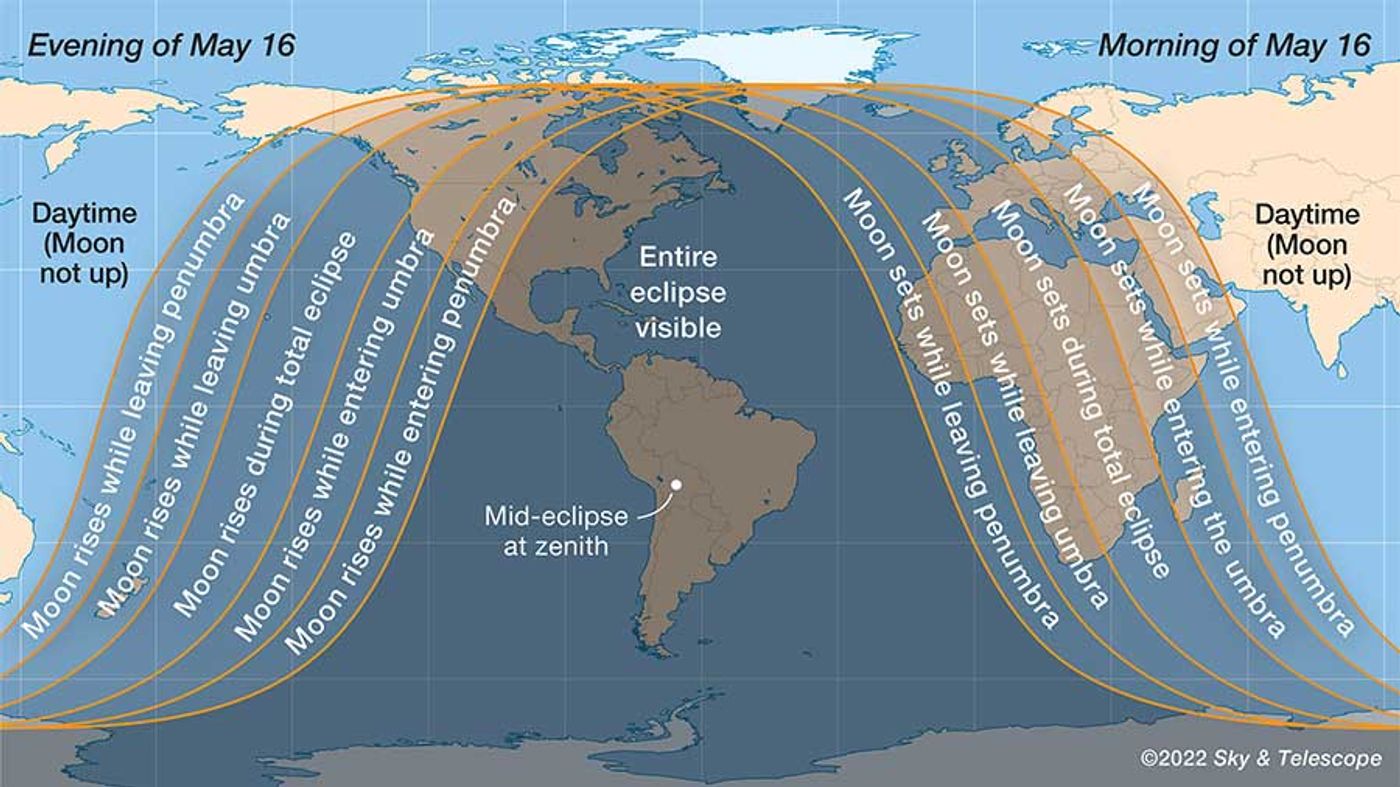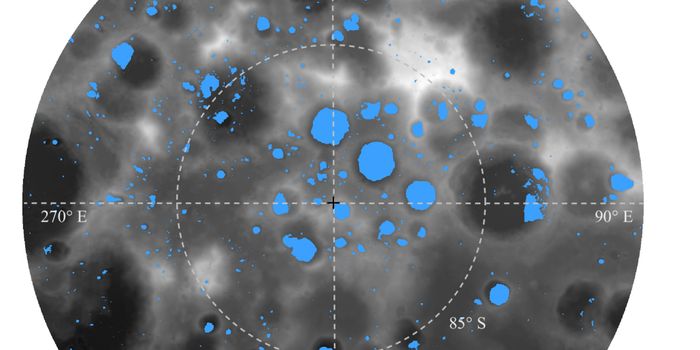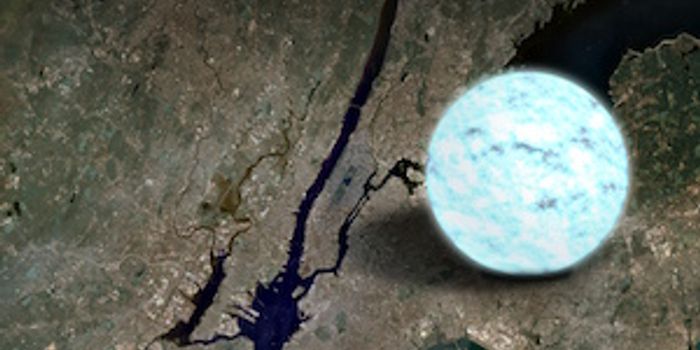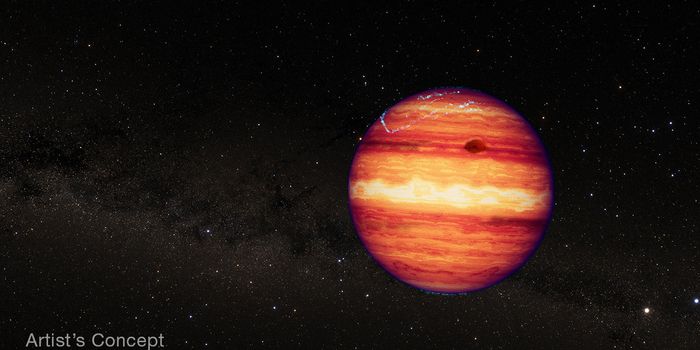Experience a Total Lunar Eclipse Over the Evening of Sunday, May 15th
For the first time in almost a full year, residents of Earth will be able to observe a total lunar eclipse – a period in which the Moon travels into the shadow of the Earth, and during which the Moon darkens to a reddish hue. This will occur in the late evening of Sunday May 15th and into the early morning hours of Monday May 16th. Residents of most of North America, all of Central and South America, western Europe, most of Africa, and the eastern Pacific Ocean will be able to observe the eclipse. During the eclipse, the full Moon will pass into the Earth’s shadow and be dimmed – the totality of which will last 85 minutes, although the entire process will last approximately 5 hours and 20 minutes. The eclipse can be seen with the naked eye, although being able to view it through binoculars or a telescope would be even more breathtaking! Science centers and observatories generally host events during these types of phenomena, so you may wish to do some research about opportunities in your area!
On this night, the Moon will appear larger since it is only 1.5 days until the Moon reaches perigee – the point in its orbit when it is closest to the Earth. In fact, it will appear approximately 12% larger than when it’s at apogee – the point in its orbit when it is farthest from the Earth. The stages of the eclipse will occur simultaneously for everyone, although not everyone will be able to see the entirety of the event due to the rising and setting times of the Moon. For specific information about how much of the eclipse you can see and when it will be visible, you can see the diagram included in this article and for more information you can visit skyandtelescope.org.
Caption: The map of Earth shows locations from which the lunar eclipse during May 15-16 would be visible. A lunar eclipse is only possible when the Moon is full, thus the Moon rises when the Sun sets and vice versa. The map shows that the entire total eclipse will only be visible to residents of eastern North America, and all of Central and South America. Other residents of Earth, as denoted by the shaded regions of the map, will be able to view the eclipse, but for a briefer period of time than those lucky enough to live in the darkest region of the map. Credit: Gregg Dinderman/Sky & Telescope, USNO.
So, what exactly is a lunar eclipse? A lunar eclipse occurs when the Sun, Earth, and the Moon almost perfectly line up in space. Not coincidentally, this also occurs during the full Moon, a time at which the Sun illuminates the entire side of the Moon that is visible to us. Although during a lunar eclipse, the Sun cannot illuminate the Moon because it is being blocked by the Earth when the Moon moves into its shadow. When this process occurs, the Moon begins to darken, until the entire disk of the Moon falls into Earth’s shadow, and the Moon will turn from grey to a dim reddish orange. This process then continues until the Moon is no longer in the shadow of the Earth, and begins to be illuminated by the Sun once again. What exactly causes the Moon to turn that dim reddish orange you will observe? This effect is caused by the scattering and bending – or refraction – of sunlight through Earth’s atmosphere, which is the same effect that happens at sunrise or sunset. This light then reflects off the surface of the Moon, making the Moon appear that beautiful red orange hue.
Sources: Sky & Telescope









